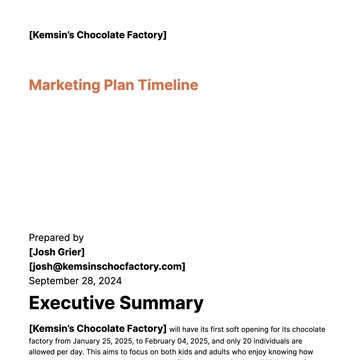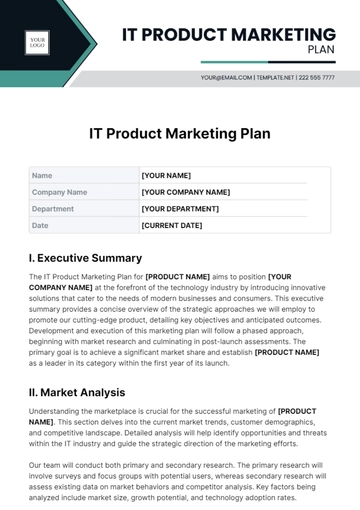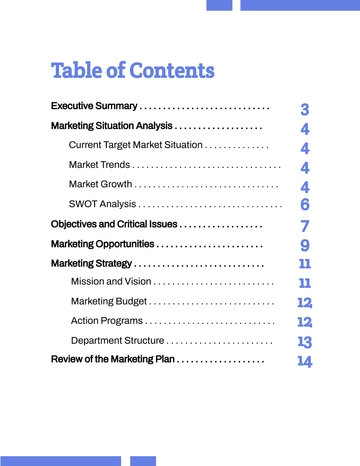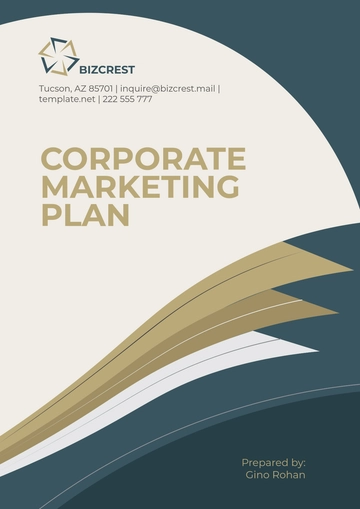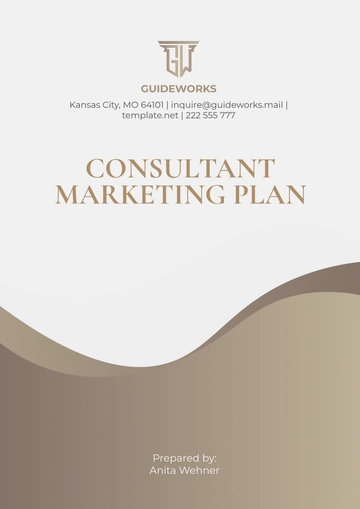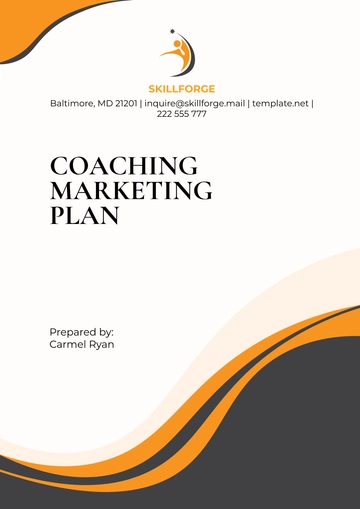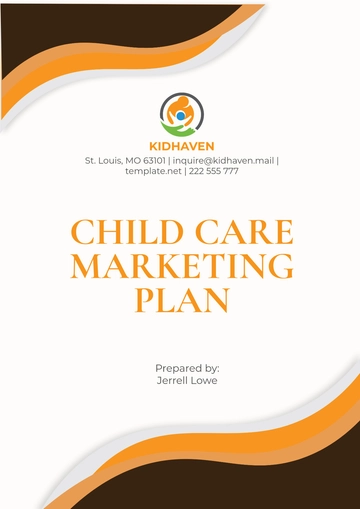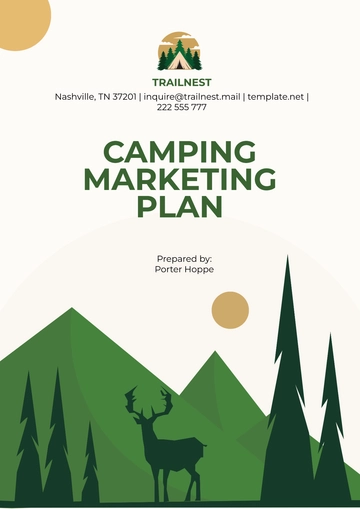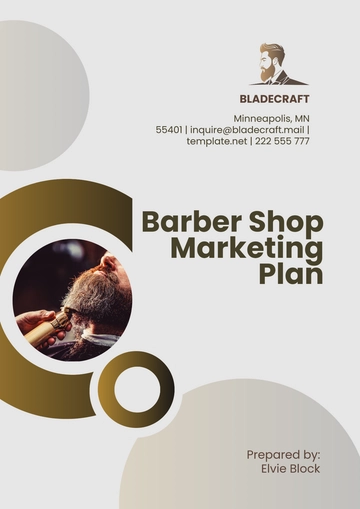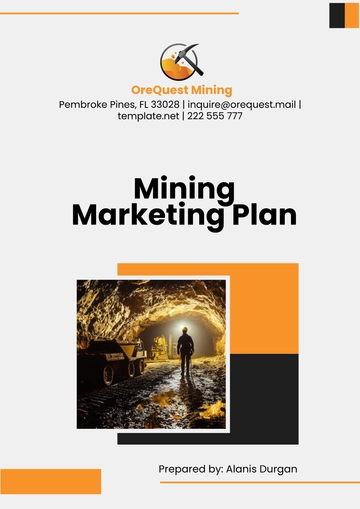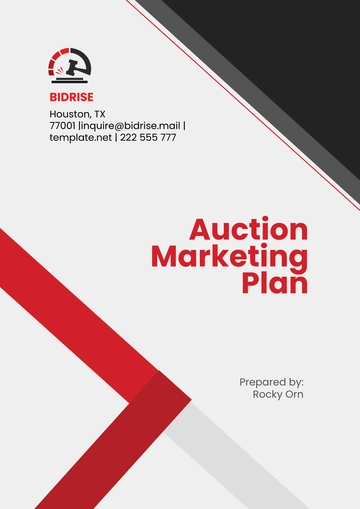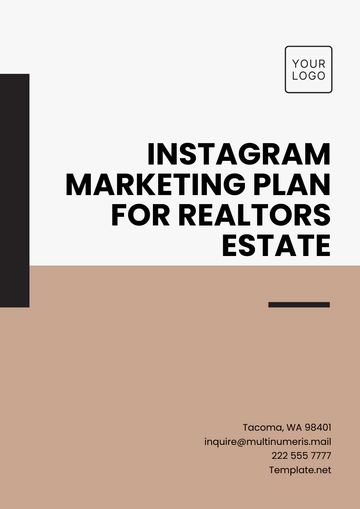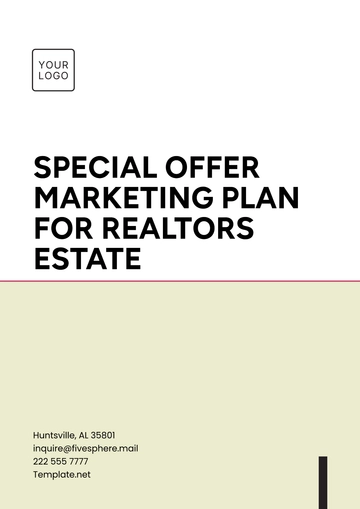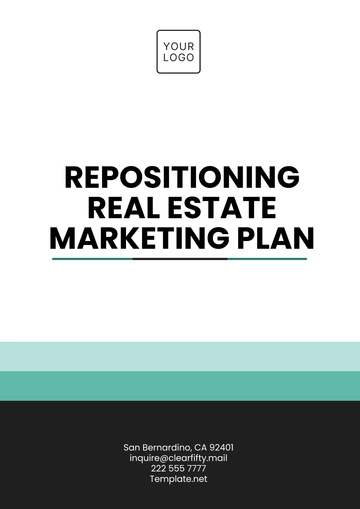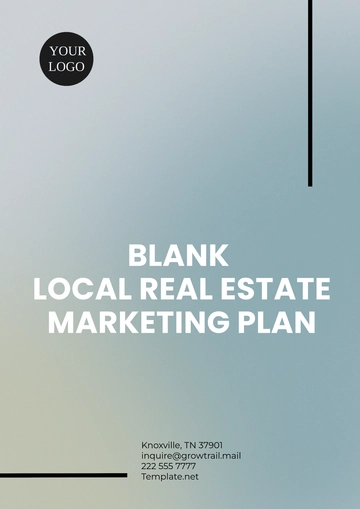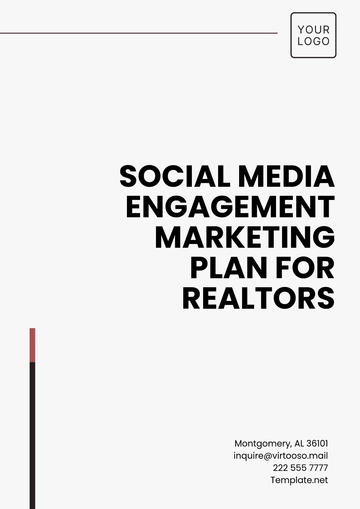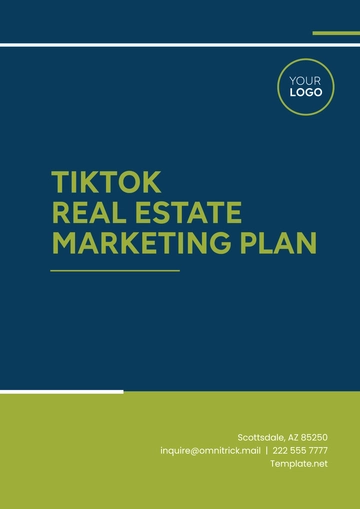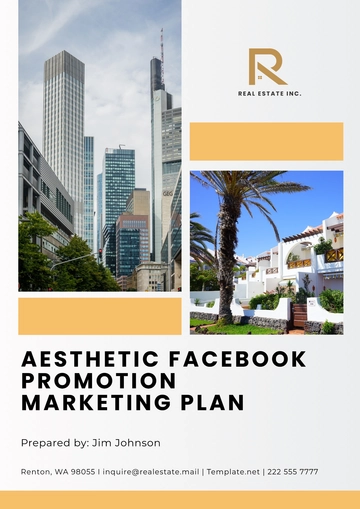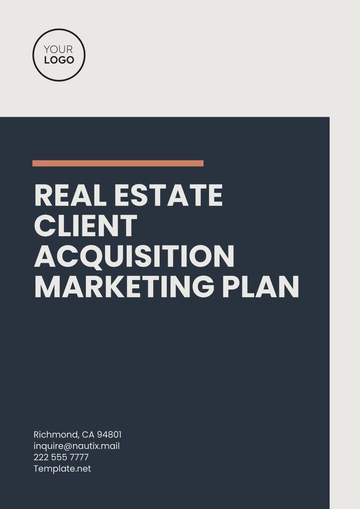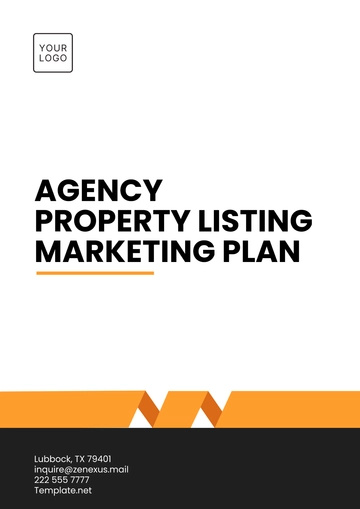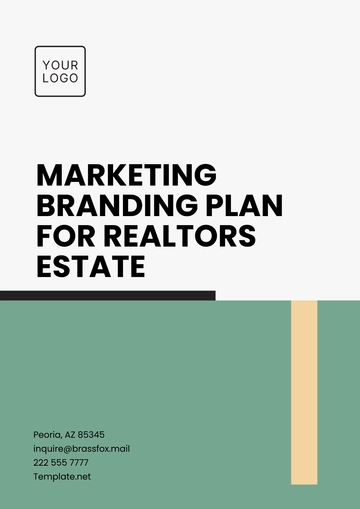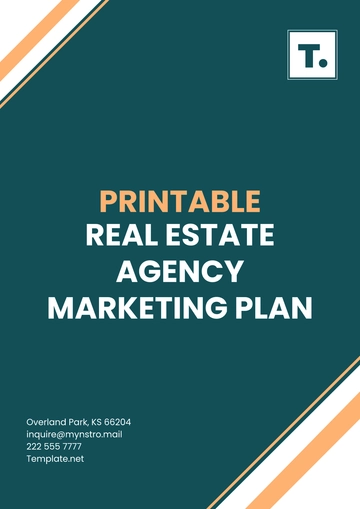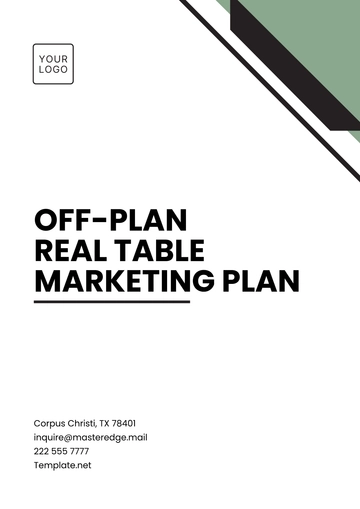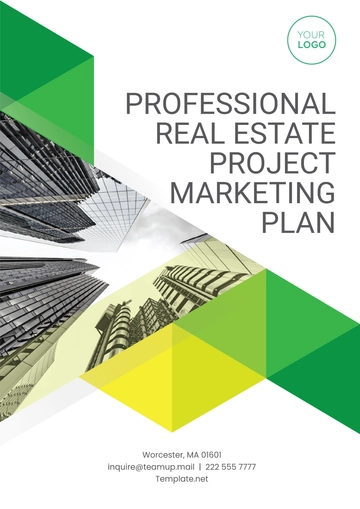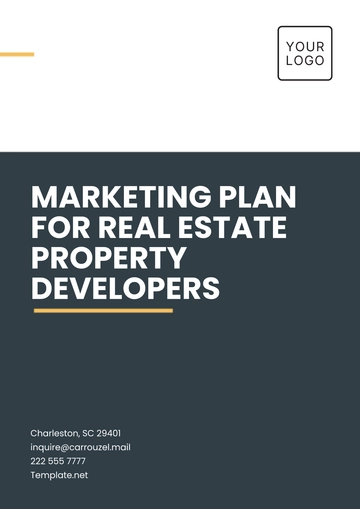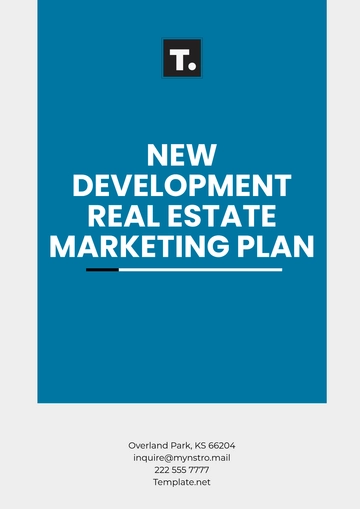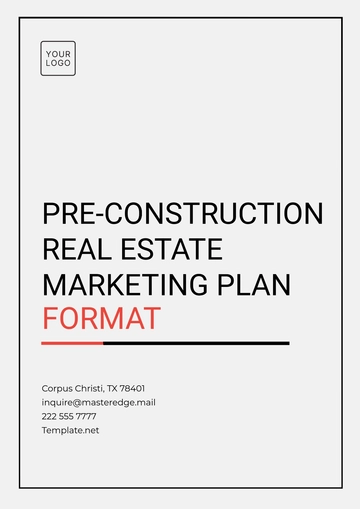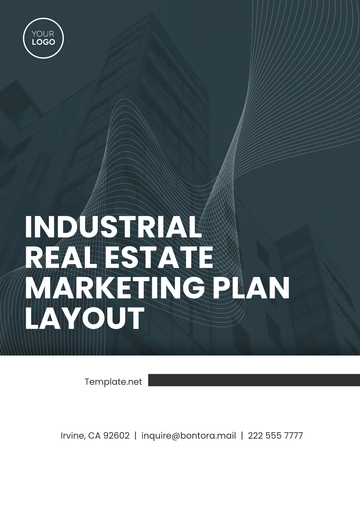Free Architecture Marketing Plan
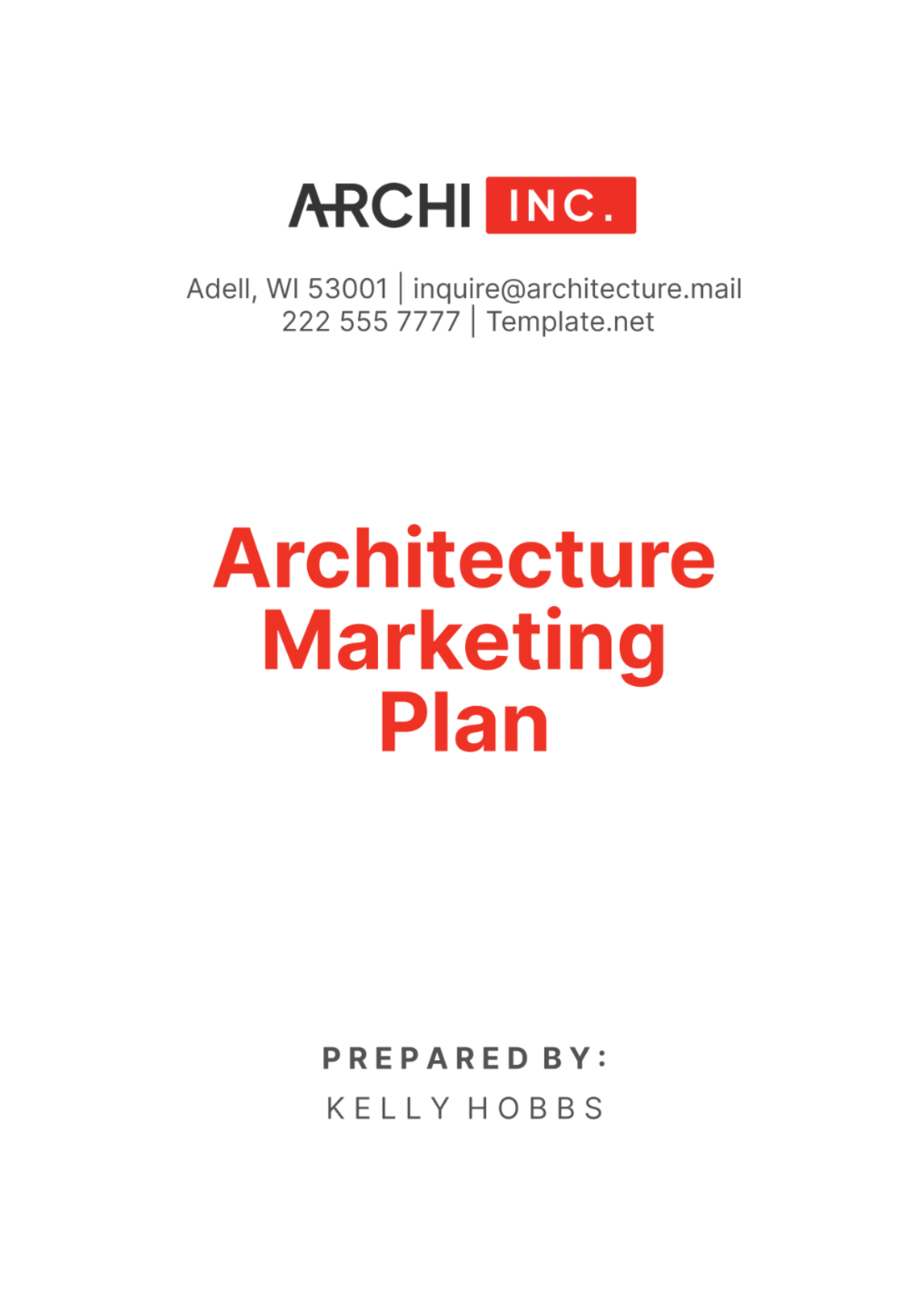
I. Executive Summary
A. Overview of the Marketing Plan
Our Architecture Marketing Plan outlines strategic initiatives aimed at increasing brand awareness, attracting new clients, and differentiating our firm in the competitive architectural market. By leveraging digital marketing channels, content creation, and targeted networking efforts, we aim to position [Your Company Name] as a leader in sustainable design and urban innovation.
B. Summary of Key Objectives and Strategies
Key objectives include enhancing our online presence, targeting niche markets, and establishing thought leadership through content marketing and industry engagement. By implementing these strategies, we seek to drive qualified leads, secure new projects, and ultimately, expand our market share.
II. Introduction
A. Background of the Architectural Firm
[Your Company Name] is a leading architectural firm specializing in sustainable design and urban planning. With over 20 years of experience, we have completed numerous projects across residential, commercial, and institutional sectors. Our portfolio showcases our commitment to innovation, creativity, and environmental stewardship.
B. Purpose of the Marketing Plan
The purpose of this Marketing Plan is to outline strategies for expanding our client base, promoting our unique design approach, and positioning [Your Company Name] as a thought leader in the industry. By aligning our marketing efforts with our business objectives, we aim to drive growth, increase profitability, and build long-term client relationships.
C. Scope and Objectives
The Marketing Plan will focus on enhancing brand visibility, generating qualified leads, and fostering client relationships to drive business growth. We will also explore opportunities for strategic partnerships, industry collaborations, and participation in key events to strengthen our market position.
III. Market Analysis
A. Overview of the Architecture Market
The architecture industry is experiencing rapid growth driven by urbanization, technological advancements, and increasing demand for sustainable design solutions. According to industry reports, the global architecture market is projected to reach $[00] billion by [Year], with Asia-Pacific region leading in growth.
B. Trends and Opportunities
Emerging trends include the integration of smart technology, emphasis on wellness in design, and a shift towards modular construction methods. Additionally, there is growing demand for mixed-use developments, adaptive reuse projects, and resilient infrastructure solutions.
C. Analysis of Competitors
Competitors include both large multinational firms and boutique design studios offering similar services. Differentiation will be crucial in standing out in the market. We will conduct a SWOT analysis to identify competitive strengths, weaknesses, opportunities, and threats to inform our marketing strategy.
D. Identification of Target Audience
Our target audience comprises developers, government agencies, and private clients seeking innovative design solutions that prioritize sustainability and community impact. By understanding their needs, preferences, and pain points, we can tailor our marketing messages and offerings to address their specific requirements.
IV. Unique Selling Proposition (USP)
A. Definition of USP
[Your Company Name]'s unique selling proposition lies in our commitment to sustainable design principles, innovative use of technology, and collaborative approach to project delivery. By integrating these core values into every aspect of our work, we offer clients a distinct advantage in creating spaces that are not only aesthetically pleasing but also environmentally responsible and socially impactful.
B. Analysis of Firm's Strengths and Specializations
Our team of experienced architects and designers brings diverse expertise in sustainable architecture, urban planning, and interior design. With a track record of successful projects spanning various sectors, we have earned a reputation for excellence, reliability, and client satisfaction.
C. Differentiation from Competitors
Unlike competitors, we prioritize a holistic approach to design that integrates environmental, social, and economic considerations to create resilient and future-proof spaces. Our collaborative design process ensures that client input is valued at every stage, resulting in customized solutions that exceed expectations and deliver lasting value.
V. Marketing Goals and Objectives
A. Specific, Measurable Goals
Increase website traffic by 30% within the next year.
Generate 20 qualified leads per month through targeted marketing campaigns.
Secure at least three new high-profile projects in the next quarter.
B. Objectives Aligned with Firm's Vision and Business Goals
Our marketing goals are aligned with our vision to become a leading provider of sustainable design solutions and our business goal of achieving sustainable growth and profitability. By focusing on measurable outcomes, we can track progress, make data-driven decisions, and optimize our marketing efforts for maximum impact.
C. Timeline for Achievement
Goals will be achieved through phased implementation over the next 12 months, with regular review and optimization based on performance metrics. Quarterly milestones will provide checkpoints for progress tracking and adjustment of strategies as needed to ensure alignment with changing market dynamics and client needs.
VI. Target Audience
A. Description of Ideal Clients
Our ideal clients are forward-thinking developers, government agencies, and private organizations with a commitment to sustainable development and innovation. They value design excellence, environmental stewardship, and community engagement in their projects.
B. Demographic and Psychographic Characteristics
Our target audience includes decision-makers in mid- to large-sized companies, urban planners in government agencies, and community leaders passionate about sustainable living. They are typically educated, affluent, and socially conscious individuals who prioritize quality and long-term value in their investments.
C. Needs and Preferences
Our clients seek architectural solutions that not only meet their functional requirements but also reflect their values and aspirations. They are looking for design partners who can translate their vision into reality, while also providing expertise, guidance, and creativity throughout the process.
VII. Marketing Strategies
A. Content Marketing
We will develop a content marketing strategy focused on creating valuable, informative, and engaging content that showcases our expertise, thought leadership, and project portfolio. This will include blog posts, articles, case studies, and videos highlighting our innovative design solutions and sustainability initiatives.
B. Digital Marketing
Our digital marketing efforts will encompass search engine optimization (SEO), pay-per-click (PPC) advertising, and social media marketing to increase our online visibility, drive website traffic, and generate leads. Targeted email campaigns and remarketing strategies will be used to nurture leads and convert prospects into clients.
C. Networking and Relationship Building
We will actively participate in industry events, professional associations, and networking opportunities to connect with potential clients, collaborators, and influencers. Building strong relationships with key stakeholders will help us stay informed about industry trends, project opportunities, and client needs.
D. Thought Leadership and Industry Engagement
We will position [Your Company Name] as a thought leader in sustainable design and urban planning through speaking engagements, panel discussions, and thought leadership articles in industry publications. By sharing our expertise and insights, we aim to inspire and educate our target audience while reinforcing our credibility and authority in the field.
VIII. Marketing Tactics
A. Website Development and Optimization
We will redesign our website to showcase our portfolio, highlight our services, and provide valuable resources for visitors interested in sustainable design. Optimization for mobile devices, fast loading times, and user-friendly navigation will enhance the user experience and improve search engine rankings.
B. Content Creation (Blogs, Articles, Case Studies)
Regularly publishing high-quality content on our blog, website, and social media channels will demonstrate our expertise, attract organic traffic, and engage our target audience. Case studies highlighting successful projects will showcase our capabilities and provide tangible examples of our design solutions in action.
C. Social Media Campaigns
We will leverage social media platforms such as LinkedIn, Instagram, and Twitter to share project updates, industry news, and insights with our followers. Engaging with our audience through interactive content, polls, and discussions will foster a sense of community and increase brand visibility.
D. Email Marketing
Segmented email campaigns will be used to deliver targeted content and promotions to different audience segments based on their interests, preferences, and behaviors. Personalized messaging and automated workflows will nurture leads through the sales funnel and encourage conversions.
E. Participation in Industry Events and Conferences
We will attend key industry events, trade shows, and conferences to network with potential clients, showcase our work, and stay abreast of emerging trends and technologies. Sponsorship opportunities and speaking engagements will provide additional exposure and credibility for [Your Company Name].
F. Networking with Potential Clients and Partners
Building relationships with developers, contractors, real estate agents, and other industry stakeholders will create referral opportunities and strategic partnerships. Hosting networking events, workshops, and informational sessions will facilitate meaningful connections and collaborations.
G. Public Relations and Media Outreach
Press releases, media pitches, and interviews with relevant publications will help raise awareness of [Your Company Name] and position our firm as a go-to resource for sustainable design expertise. Building relationships with journalists and influencers will amplify our message and increase media coverage.
IX. Budget and Resources
A. Allocation of Financial Resources
We have allocated a budget of $[00,000] for marketing initiatives in the upcoming year, with a focus on digital marketing, content creation, and event participation. This includes investments in website development, advertising campaigns, and professional services.
B. Personnel and Skill Sets Required
Our marketing team consists of experienced professionals with expertise in digital marketing, content creation, graphic design, and project management. We also collaborate with external vendors and agencies as needed to supplement our capabilities and resources.
C. Tools and Technologies
We utilize a variety of tools and technologies to support our marketing efforts, including marketing automation platforms, analytics software, graphic design tools, and project management systems. These tools help us streamline workflows, track performance metrics, and optimize our campaigns for maximum impact.
X. Timeline
A. Schedule for Implementation of Marketing Activities
The implementation of marketing activities will be phased over the next 12 months, with specific milestones and deadlines outlined for each initiative. A detailed timeline will ensure that tasks are executed in a timely manner and that progress is monitored effectively.
B. Milestones and Key Dates
Key milestones include the launch of the redesigned website, the rollout of content marketing campaigns, and the participation in industry events and conferences. Regular checkpoints will be scheduled to review progress, evaluate performance, and make adjustments as needed.
XI. Measurement and Evaluation
A. Key Performance Indicators (KPIs)
Key performance indicators will be tracked to measure the effectiveness of our marketing efforts and assess progress towards our goals. These include website traffic, lead generation, conversion rates, social media engagement, and return on investment (ROI).
B. Metrics for Tracking Success
Metrics such as website analytics, email open rates, click-through rates, social media followers, and customer acquisition cost (CAC) will be monitored regularly to gauge the performance of our marketing campaigns and identify areas for improvement.
C. Methods for Evaluation and Analysis
Regular performance reviews and data analysis will be conducted to evaluate the success of individual marketing tactics and overall campaign effectiveness. Insights gathered from performance metrics will inform strategic decisions and optimization efforts moving forward.
XII. Adjustment and Optimization
A. Review Process for Assessing Performance
Regular reviews will be conducted to assess the performance of our marketing initiatives against predetermined goals and objectives. Feedback from key stakeholders, client satisfaction surveys, and market research will also be taken into account to inform future strategies.
B. Strategies for Optimization and Improvement
Based on performance data and feedback, we will identify opportunities for optimization and improvement in our marketing efforts. This may involve adjusting messaging, refining targeting criteria, reallocating resources, or exploring new tactics to enhance results.
C. Flexibility for Adaptation to Changing Market Conditions
Our marketing plan will remain flexible and adaptable to accommodate changes in market dynamics, emerging trends, and evolving client needs. Continuous monitoring and agile decision-making will enable us to stay responsive and competitive in a dynamic business environment.
- 100% Customizable, free editor
- Access 1 Million+ Templates, photo’s & graphics
- Download or share as a template
- Click and replace photos, graphics, text, backgrounds
- Resize, crop, AI write & more
- Access advanced editor
Manage your architectural marketing strategy effortlessly with the Architecture Marketing Plan Template from Template.net. This editable and customizable template offers a comprehensive framework for crafting your marketing plan. Utilize the AI Editor Tool to tailor strategies to your firm's unique strengths. Streamline your approach and elevate your brand with this essential resource.

